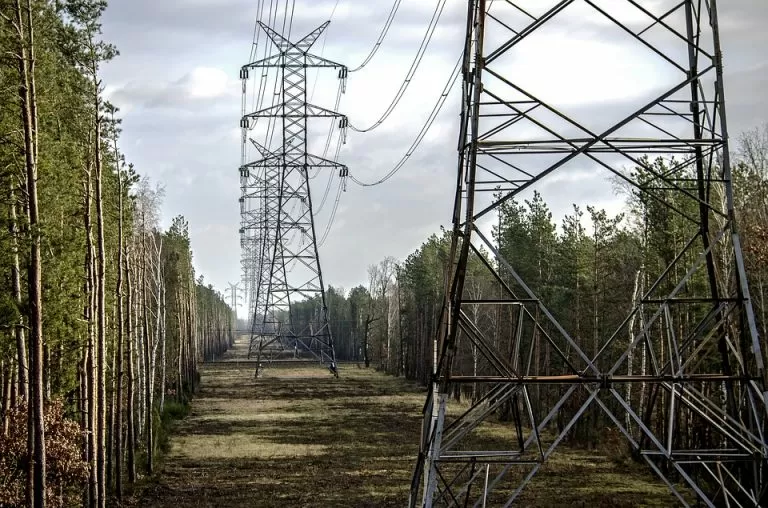Check out our White Paper Series!
A complete library of helpful advice and survival guides for every aspect of system monitoring and control.
1-800-693-0351
Have a specific question? Ask our team of expert engineers and get a specific answer!
Sign up for the next DPS Factory Training!

Whether you're new to our equipment or you've used it for years, DPS factory training is the best way to get more from your monitoring.
Reserve Your Seat Today
Managing remote sites will be more important in 2020 than ever before. Not only will there be more remote sites, but utility companies will also depend on them more heavily. And, the risks remote sites face are unyielding.
As utility companies grow with the economy, so does their physical footprint. This exposes more remote unmanned sites to potential failures. Remote site equipment faces the routine risks of defects, inadequate maintenance, and environmental conditions - yet the larger the system grows, the less effective existing resources will be in response. Also, environmental risks are worsening as the weather grows continually more extreme.
At the same time, utilities are now tasked with upgrading their existing systems and building new sites compatible with emerging technologies, like the Internet of Things (IoT) and 5G network interactivity.
This essentially doubles down on capital investment at remote sites, exacerbating the costs of system failure, service outages, and resulting fines or penalties.
Since utilities are often held liable for damages caused by an equipment failure at remote sites - like wildfires - risk mitigation remains an essential component of remote site management in 2020. This guide will offer remote site management best practices and accompanying remote site management tools to help your day-to-day operations run smoothly.
The old risks haven't gone away, and the new risks seem here to stay. So, the best way to manage remote sites in 2020 is to practice a combination of old and new risk mitigation strategies. Principal among them is using a remote monitoring system that covers all important remote sites.
Remote monitoring remains the most effective way to detect and respond to emerging issues at distant, unmanned stations. It costs far less than manning and supplying stations and accomplishes the same goal of informing maintenance for response.
To refresh: remote terminal units (RTUs) are located at all remote sites. The sensors onboard RTUs detect potential issues, such as temperature change, vibration, or equipment problems reported by IoT-capable generators. When an issue occurs, the RTU sends an alarm to a series of individuals, or to a master station.
Master stations collect alarms from multiple RTUs, then sort, prioritize, and report them to appropriate decision-makers by displaying data on a centralized screen. In very large networks, multiple master stations, each with dozens of subordinate RTUs, may report to a central or top-level master.
To deploy a new network monitoring system or improve an existing one, utility companies should ascribe to relevant best practices from yesterday, today, and for tomorrow. For example:
As more sensors collect more data on possible failure contingencies in larger, complex networks, standardization of response becomes increasingly important. Simultaneously, the pace of technological change is only increasing, requiring continual retraining and refreshing of maintenance, repair, and emergency response skills. Infrequent training, or dusty SOPs hidden in cabinets, can lead to ill-conceived responses.
As modern browser or app-based network monitoring dispatching software is used, SOPs deliver in the form of triggered prompts. This delivers important how-to information exactly where and when it's needed.
The challenges of monitoring a large remote network have only grown more complex. Utility companies must continue to operate with a focus on safety and excellence they've demonstrated in the past, while adapting to overcome the obstacles of the future. Partnering with a reputable, helpful network monitoring equipment supplier can give utilities the expert knowledge required to thrive in the changing world and enable day-to-day operations of remote sites to run seamlessly.
DPS Telecom provides innovation with experience, helping utilities monitor important sites for reasonable rates. Our experts can help prepare your legacy systems for the challenges of tomorrow. Contact us to get a quote today!
Image courtesy Pixabay